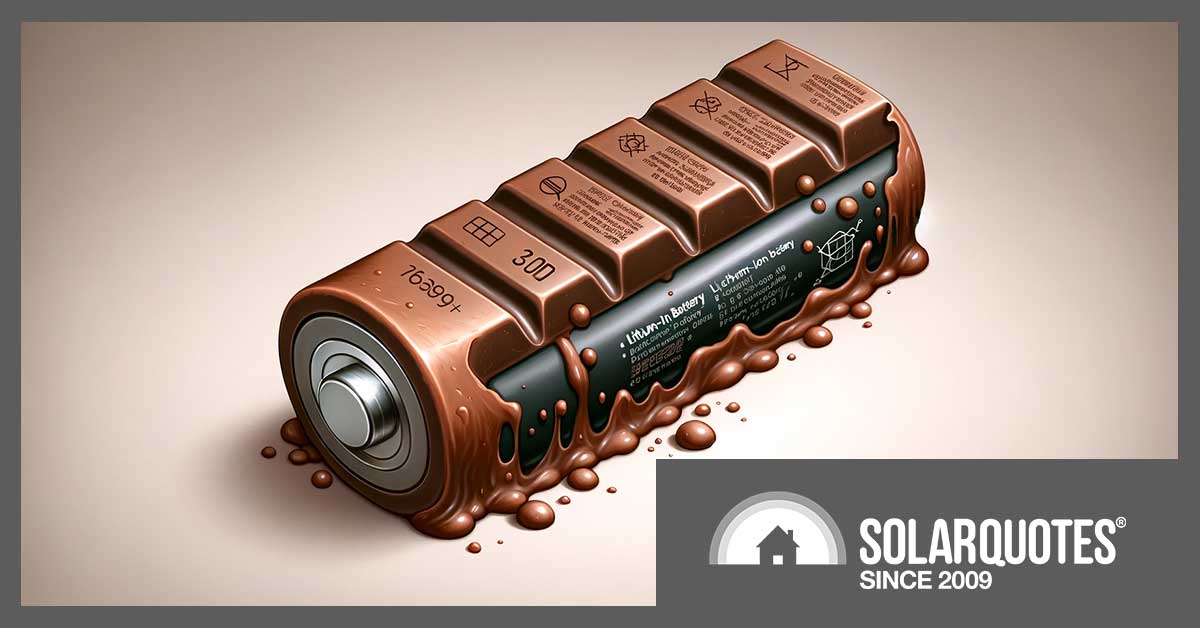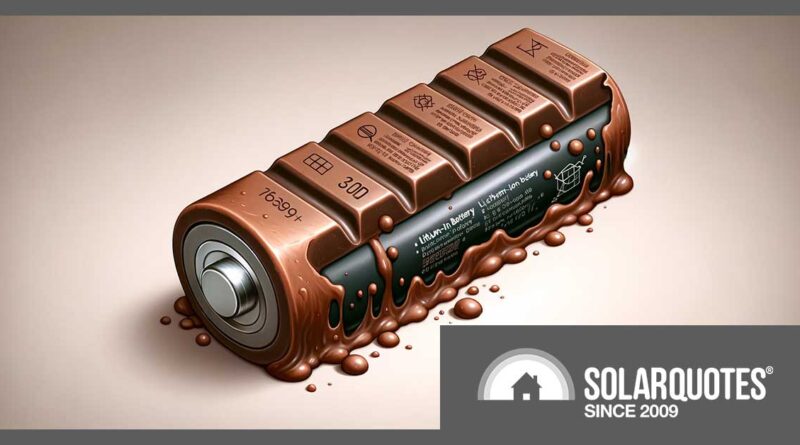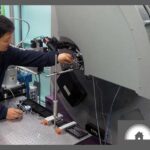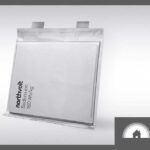“Hazelnut chocolate” Design Improves Solid-State Batteries

The world is flooded with stories about lithium battery fires (more frequently in consumer gadgets than in electric vehicles), putting a premium on battery safety research.
One of the most promising research fields is in solid state batteries, but they’re still subject to one of the biggest fire risks, however – the formation of dendrite structures on the anode surface, which can cause shorts.
Harvard researchers reckon they’ve stolen a march in the research race, announcing a lithium metal battery that features charging “in a matter of minutes”, a cycle life of at least 6,000 charges, and a way to manage the formation of dendrites.
The researchers from the university’s John A Paulson School of Engineering and Applied Sciences were led by associate professor Xin Li, who, in 2021, offered a multilayer design as a way to prevent dendrite formation.
In his latest research, Harvard’s media release explained, Li and his team use micron-sized silicon particles in the anode to stop dendrites forming.
“When lithium ions move from the cathode to the anode during charging, the lithiation reaction is constricted at the shallow surface and the ions attach to the surface of the silicon particle but don’t penetrate further,” the university explained.
“This is markedly different from the chemistry of liquid lithium ion batteries in which the lithium ions penetrate through deep lithiation reaction and ultimately destroy silicon particles in the anode.”
In the solid-state battery, ions on the surface of the silicon undergo lithiation, forming a lithium metal plate around the silicon core. As Xi said:
“In our design, lithium metal gets wrapped around the silicon particle, like a hard chocolate shell around a hazelnut core in a chocolate truffle.”
This creates a homogeneous surface across which the current density is evenly distributed, which prevents the growth of dendrites.
The even surface allows plating and stripping to happen quickly, which the research team claims allows ten-minute charging.
Their prototype, the size of a postage stamp, retained 80% of its capacity after 6,000 cycles.
Li and three Harvard alumni have co-founded a company called Adden Energy to license the technology, and the company says it’s scaled the battery up to a pouch battery the size of a smartphone.
“Lithium metal anode batteries are considered the holy grail of batteries because they have ten times the capacity of commercial graphite anodes and could drastically increase the driving distance of electric vehicles,” Li said.
Their research is published here, in Nature Materials.
Original Source: https://www.solarquotes.com.au/blog/hazelnut-chocolate-design-batteries/


















